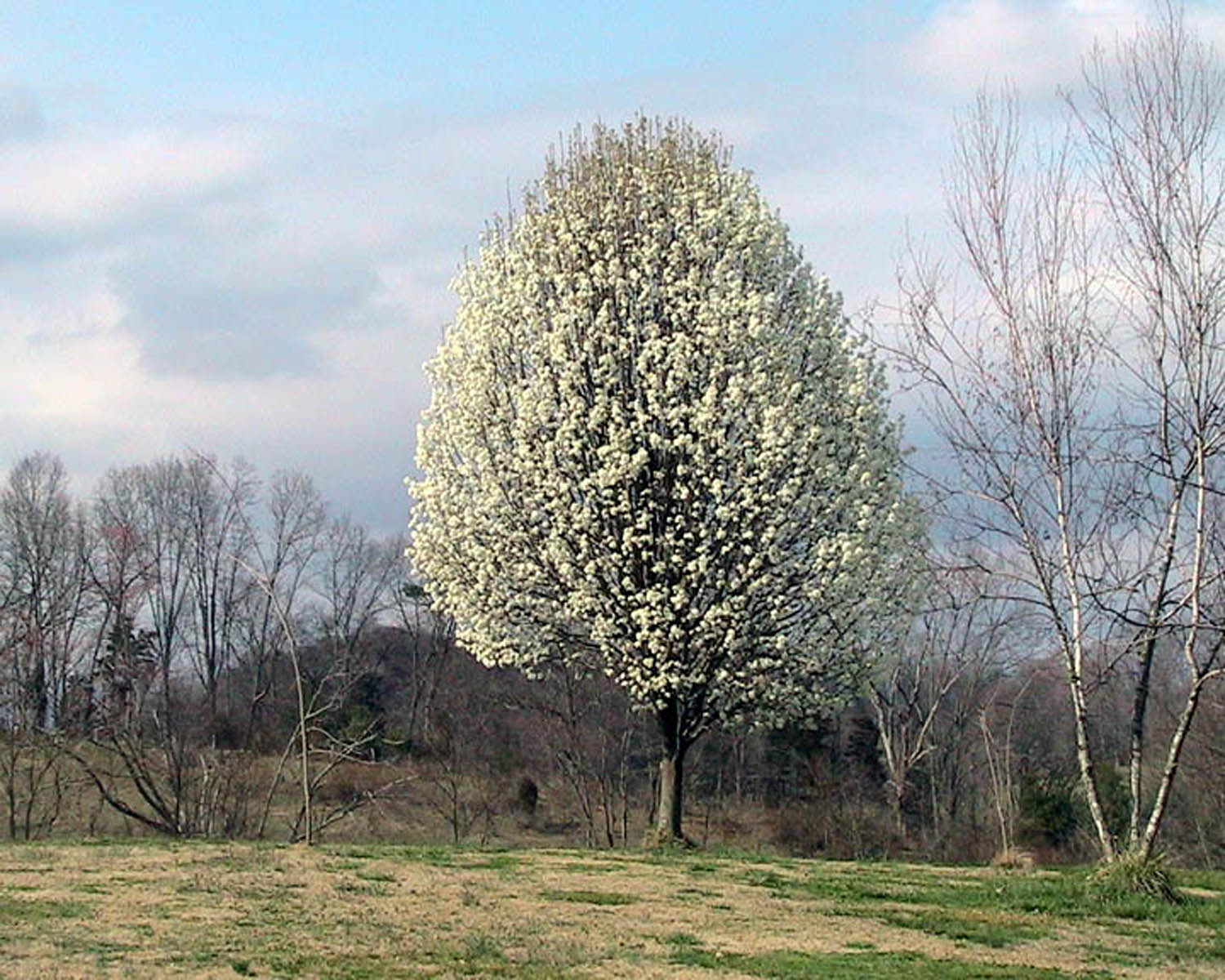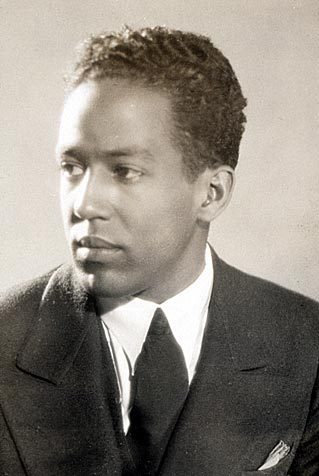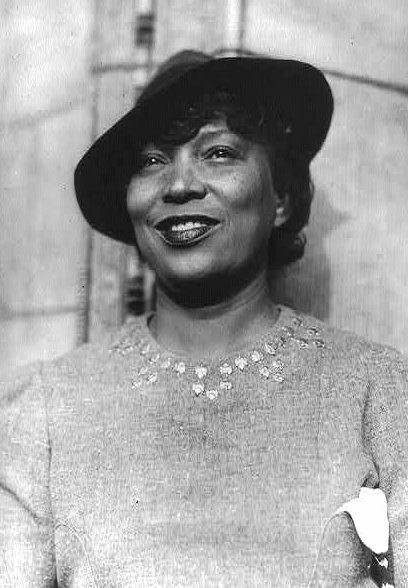1.What is the personal history of Chris McCandless? He came from a well-off family that lived in the suburbs of Washington, D.C. He was a good student and athlete graduating from Emory University. (Author’s Note)
2. 2.What themes does Jon Krakauer introduce in the “Author’s Note”? The themes are how Americans love the wilderness and want to explore it, the high-risk adventures that appeal to teenage boys, and the bond between father and son. (Author’s Note)
3. 3. What is the purpose of the quoted material at the start of Chapter One? The purpose of that material is to give some background and foreshadow his death. (p. 3)
4. 4. Who is Alex? Alex is Chris McCandless’ alias. (p. 4)
5. 5. Who is Jim Gallien, and how did he meet McCandless? Jim is a union electrician who picks up McCandless, when Chris is hitchhiking and happens to pick him up. (p. 4)
6. 6. What was Gallien’s assessment of McCandless? Gallien thinks Chris is young and unprepared. (p. 4)
7. 7. What kind of advice did Gallien give McCandless? Gallien told Chris that he is not ready to go into the wilderness and that he should become better prepared before he tries to do something so dangerous. (p. 6)
8. 8.What was McCandless’s response to Gallien’s offer? Also, what gift did Gallien give to McCandless? McCandless turns down Gallien’s offer to take him to get better gear and to drive him wherever. Then Gallien gives Chris some rubber work boots. (p. 6-7)
9. 9.Why did Gallien decide not to alert the authorities about McCandless? Gallien did not alert the authorities because he figured that McCandless would run out of food and give up and go home. (p.7)
1010. Gallien’s statement that McCandless would “probably get hungry pretty quick and just walk out to the highway. That’s what any normal person would do,” is an example of the literary device of irony of situation. What is ironic about the statement? It is ironic because he did not do the ‘normal’ thing and give up. He did exactly what Gallien had not expected. (page 8)
1111. Why would Krakauer include a quote from another author such as Jack London as the heading for this chapter? Krakauer used a quote from Jack London at the beginning of the chapter to set the scene. Also, it foreshadowed the mood of the chapter. (p. 9)
1212. What is the purpose of the detailed descriptions of Mt. McKinley, Denali, and the Stampede Trail? The purpose of detailed descriptions in this chapter is to tell a bit about where Chris had traveled and how harsh these places were. (page 10-11)
1313.What was considered to be the cause of Chris McCandless’s death? The cause of his death was said to be starvation because there were no major injuries and Chris was only 67 lbs. (page 12)
1414. Who is Wayne Westerberg and how do Wayne and Chris get along? Wayne is a grain elevator owner, a farmer, welder, businessman, machinist, mechanic, and much more. He is like a father to Chris and they get along very well. (page 19)
1515. Local color is introduced when a writer uses regional or colorful terms to present an image of a distinct area or culture. The terms “leather tramp” and “rubber tramp” qualify as examples of local color. What culture do they describe, and what is the difference between rubber tramps and leather tramps? They describe the nomadic culture. Leather tramps are hitchhikers and rubber tramps are bums with cars, sometimes in need of gas money. (page 17)
1616. Why did the author say that McCandless found a “surrogate family in Westerberg and his employees”? Krakauer said this because he did not come from a home with a stable family life. He got so close (page 18)
1717. Why did McCandless leave Carthage? There was no more work so Chris left Carthage. (page 19)
1818. How does the reader know that War and Peace was important to McCandless? He keeps talking about it. Furthermore he gives a copy to Wayne. (page 19)
1919. Describe McCandless’s early years and family life. Chris was very smart and did well in school, as well as being a good athlete. He came from a big family, but they were well off. (page19 and 20)
2020. What clues did McCandless give that he was out of step with the commercialism of contemporary society? He didn’t want a nice car nor any gifts. He did not think that titles were important. Also he was a loner. (page 20)
2121. What change did McCandless make that symbolized the new life he expected to build after he left Athens? He makes up a new name. (page 23)
2222. The head note to this chapter concludes that people go to the desert “not to escape but to find reality.” How does this statement apply to Chris? He travels away from his hometown and off across the country and eventually to the barren land of Alaska in hope of finding out how to make his life more realistic. (page 25)
2323. Who is Jan Burres, and how did she figure into Chris’s travels? Jan is a rubber tramp who selling trinkets. She figured into Chris’s travels when she saw him on the side of the road and offered him a ride. (page 30)
2424. Describe the trip that Chris took in the old metal canoe that Chris bought in Topock, Arizona. Chris bought a canoe in Topock, Arizona and traveled from there to the Gulf of California on the Colorado River. (page 32)
2525. This chapter contains numerous excepts from the journal Chris kept. What is noticeable about the writing in his account of his Mexican adventure? He talks in third person. Also he writes of his emotions along with what happens to him. (page 34 and 35)
2626. Existentialism is a philosophy that emphasizes the individual’s responsibility and free will to direct the course of his/her life. What existential conclusion does Chris reach when leaving Las Vegas? (Look at end of chapter 4 for ideas.) He realizes that that you must live your life to the fullest in order for it to be worthwhile. (page 37)
2727. What kind of life did Chris lead in Bullhead City? Chris led a non-nomadic life of normality and convention in Bullhead City. (page 39)
2828. Describe the conditions and the residents of the Slab. Note some of the local color that makes this community memorable. The Slab was an abandoned navy air base. (page 43)
2929. What character traits and skills does Jan Burres recount about Chris in chapter 5? Jan talked about Chris as helpful, a bibliophile, social, playful, good with animals, and entertaining. (page 44 and 45)
3030. What was Jan Burres’s assessment of Chris’s ability to survive in Alaska? (end of chapter 5) Jan thought that even if he was well equipped, Chris was smart enough to survive Alaska. (page 46)
3131. Who was Ron Franz, and how did he enter the story? What does Krakauer think about the relationship between Franz and McCandless? Ron Franz was a widower and a eighty year old. He enters the story with a letter to the magazine that published the story about Chris. Krakauer thinks that the relationship between Franz and McCandless was strong and Franz got very attached to Chris. (page 47-49)
3232. What is Anza-Borrego? Anza-Borrego is “desiccated, phantasmal badlands”. (page 49)
3333. What was the tragedy of Ron Franz’s life? Ron Franz lost his wife and son in a car accident. (page 50)
3434. How did he feel about Chris and what request did he make of Chris? He became very fond of Chris and asked if he could adopt him as a grandson. (page 55)
3535. What role did leathermaking take in their relationship? Ron taught chris everything he knew about leathermaking. (page 51 and 52)
3636. The author gives a brief character analysis of McCandless after recounting that Franz dropped him off in Colorado. What does the author say about McCandless? Krakauer says that Chris had succeeded in keeping everyone at an arm’s length and had escaped to Alaska without any deep emotional ties. (page 55)
3737. When Chris sent Franz a letter from Carthage, what advice did Chris give to Franz and how did Franz respond to this letter? Chris told Franz that he needed to reject his stable life and sell his possessions to live abroad in his letter. Surprisingly Franz followed the advice and got out of Salton City. (page 56-58)
3838. How did Ron Franz learn that McCandless had died and how did this death change Franz’s life? Ron learned that McCandless died when an Indian hitchhiker told him. His death made Ron resort to drinking and it eliminated his belief that there was a God. (page 60)
3939. Why was Wayne Westerberg annoyed at the beginning of chapter Seven? Wayne was annoyed because there was a lot of work to do and because he is missing Chris. (page 62)
4040. What is the author’s analysis of the relationship between McCandless and his father? How did Chris feel about his sister Carine? McCandless and his father do not get along very well because his father was always trying to insert his power over Chris who was very independent-minded. Chris was close to his sister Carine. (page 63 and 64)
4141. What is the purpose of including the full story of Gene Rossellini? The purpose of including Gene Rossellini’s whole story was to give an example of another man who is similar and yet different from McCandless. (page 73-75).
4242. What motivated Krakauer to include the story of John Waterman? Krakauer was motivated to include the story of John Waterman because he wanted to show us that McCandless while somewhat similar to John, was not crazy. (page 80)
4343. Finally, what is the purpose of including the story of Chris McCunn in the narrative? The purpose of adding McCunn’s story to the narrative is to show the reader that McCandless was not expecting anyone to save him. (page 85)
4444. Summarize the story of Everett Ruess and his fascination with the American West and natural beauty. Everett Ruess was kicked out of college and wandered the American West. He lived out of his backpack and often went hungry. One day he disappeared on an expedition. He had been entranced with the beauty of the American West and felt that it became part of him. (page 90-91)
4545. What Ken Sleight’s conclusion about Ruess and McCandless? Ken concludes that Ruess and McCandless will need human contact even though they like to be alone often. He says they keep leaving only to come back when they are lonely. He also says that they are some of the few people who actually tried to follow their dreams (page 96)














